Dried floral arrangements are back ‘in’. With windowsills and fireplaces decorated with vases of ornamental dried flowers and foliage for enjoyment all year round. For a unique display, create your own at home using these methods of drying flowers and foliage.
Pressing
Firstly, pressing is a simple way, and it’s a great one to get kids involved with too. It’s as easy as placing fairly flat flowers between sheets of paper and weighing them down with a few books.
In a week, check them and they will be dried. Some plants perfect for pressing are pansies, primroses, and any small leaves. They’ll keep their colour and look fantastic.
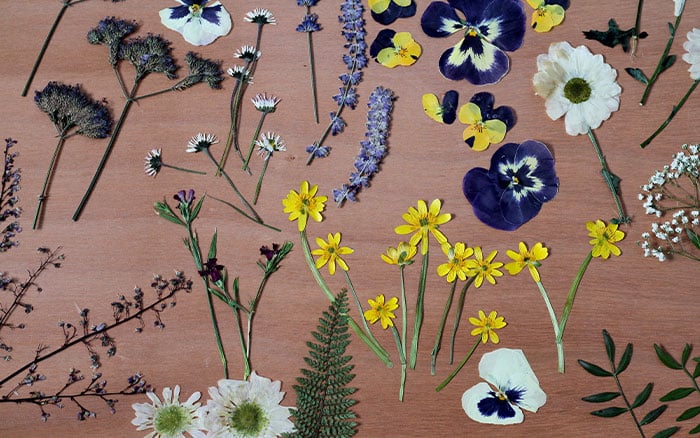
These dried flowers can be used in scrapbooking, framed art, card-making, or even used in resin to make phone cases, bookmarks, or trinket dishes.
Air drying
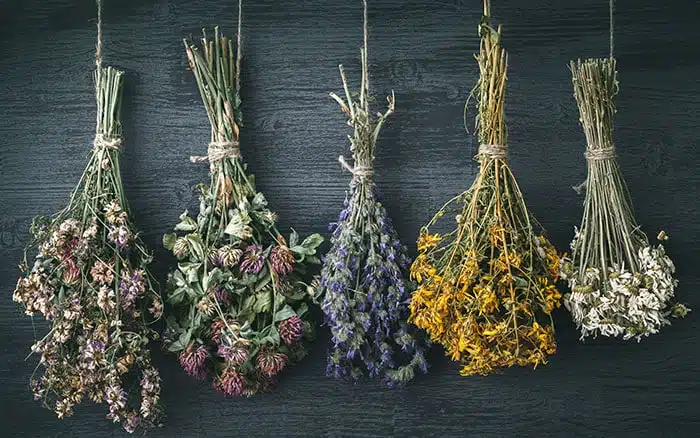
Like pressing, you don’t need anything special to do this method. Cut the flowers that you want to dry, with good quality stems intact, with the lower leaves removed.
Then use an elastic band or twine to tie the stems together and hang them upside down in a place with low light that has good air circulation. In just 1-2 weeks, the flowers and foliage will be dry and ready for your displays.
Some flowers that are suitable for air drying include sunflowers, agapanthus, carnations, and lavender.
Silica gel
If you have plans to dry lots of flowers and foliage often, then investing in silica gel is a good option. It is an investment as it can be expensive initially, however it can be re-used.
Cut off the flower heads to be dried, and arrange them in a plastic container on top of a layer of silica gel.
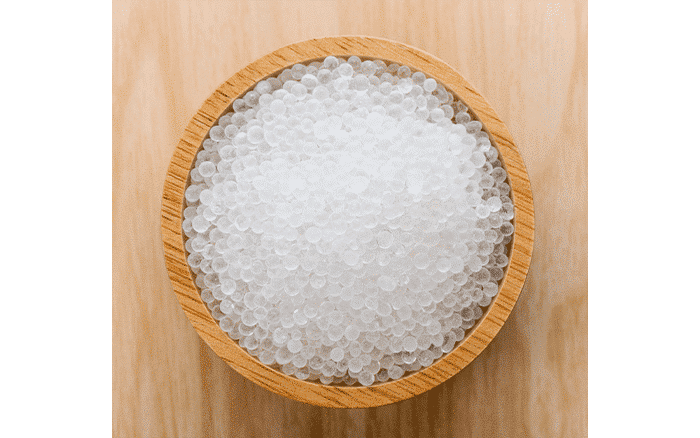
Then add more silica gel to surround the flowers. Every 2-3 days check on them, and you should see the colour of the gel change as it absorbs all the moisture from the petals.
Flowers fit for drying with silica gel include roses and hellebores.
Microwaving with silica gel
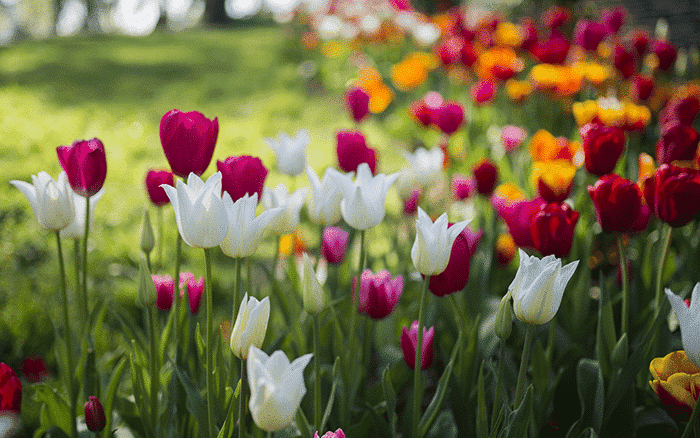
Alternatively, for dried flowers in 10 minutes, microwaving them is an option. This method will preserve more colour and freshness, so is a great option for drying smaller numbers of flower heads at one time.
Bear in mind that microwaving works best with flowers with thin petals.
Choose a microwaveable container and add a layer of 1-2 inches of silica gel and add the flowers to the container, ensure if you are putting more than one in that they don’t touch.
Also, only microwave the same flowers at the same time, instead of mixing and matching. Cover the stems with silica gel, then place the container and a cup of water to the microwave. The water will absorb most of the energy from the microwave.
Set the microwave to 1-2 minutes, checking every so often with a toothpick to see if the flowers are dry and repeat until dry. Remove and leave them to cool before removing the flowers and stems and dusting them off.
You can use this approach for roses, gerberas, irises, and tulips.
Glycerine
Finally, this method is useful for drying foliage, such as ferns, and beech. It involves using hot water and glycerine at a ratio of 1:1.
Add the mixture to a glass jar and add the stems and leave them until the liquid has absorbed the colour and the foliage as a leathery texture. This method keeps the foliage bright and supple.
Flowers for drying
You might not want to cut all of your prized blooms in your garden for your dried flower arrangements, so why not grow plants fit for that purpose instead.
Grow these plants from seed and they will make appealing additions to your interior décor.
Nigella damascena (love-in-a-mist)
Also known as love-in-a-mist, this upright annual grows to 50cm tall and has beautiful pale blue flowers during summer, which are followed by inflated seed capsules which look lovely in the arrangements in a vase.
- Flowers in summer, followed by seed capsules
- Hardy in mild parts of UK
- Grows to 50cm tall
- Well-drained soil
- Full sun
- Sheltered
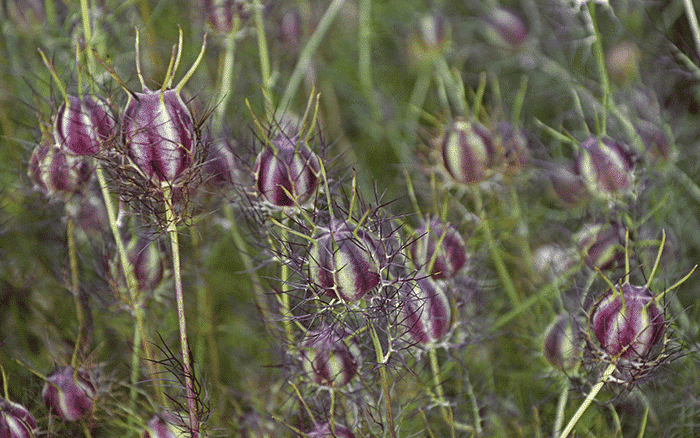
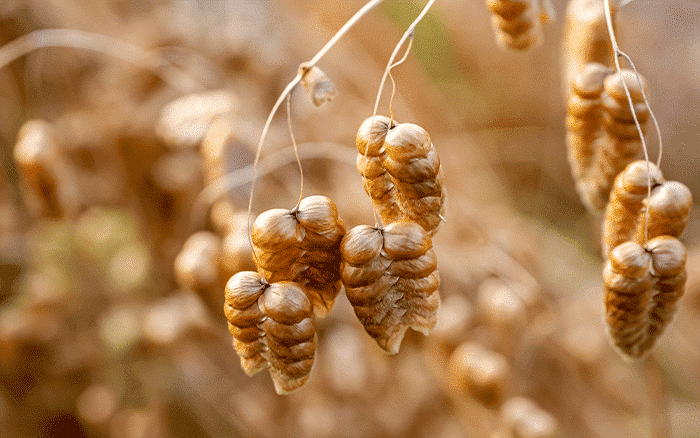
Briza maxima (greater quaking grass)
Another popular pick for flower arrangements, this is an annual grass to add grace and elegance to the display. When growing, they have a striking impact in a large area. Make the most of the flowers in your garden through summer and collect the stems in winter. Also, keep hold of the seeds and you can sow more the following year.
- Flowers in summer
- Fully hardy
- Grows to 1m tall
- Moist but well-drained or well-drained soil
- Full sun
- Exposed or sheltered
Xerochrysum bracteatum (everlasting flower)
These beautiful plants have blooms that can be found in yellow, pink, red, and white in summer and autumn. For the best results, cut the flowers before they fully open and then tie in bunches and hang them upside down to dry.
- Flowers in summer and autumn
- Tolerant of low temperatures, but not surviving being frozen
- Grows to 1m tall
- Moist but well-drained
- Full sun
- Exposed or sheltered
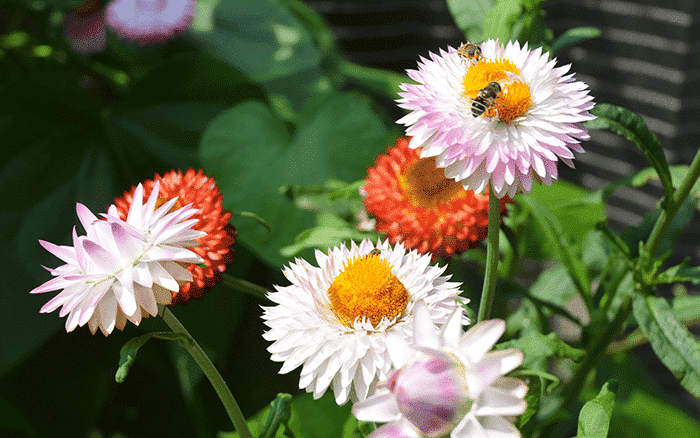
Grow flowers and foliage that you can cut and dry for beautiful, dried displays.
David Domoney is a Chartered Horticulturalist, Broadcaster, and Author. David has worked with a number of the UK’s leading garden retailers as a plant buyer and strategic consultant. With more than 30 years experience, in horticulture, David is as passionate about plants now as he was when he bought his first plant at a village fete.

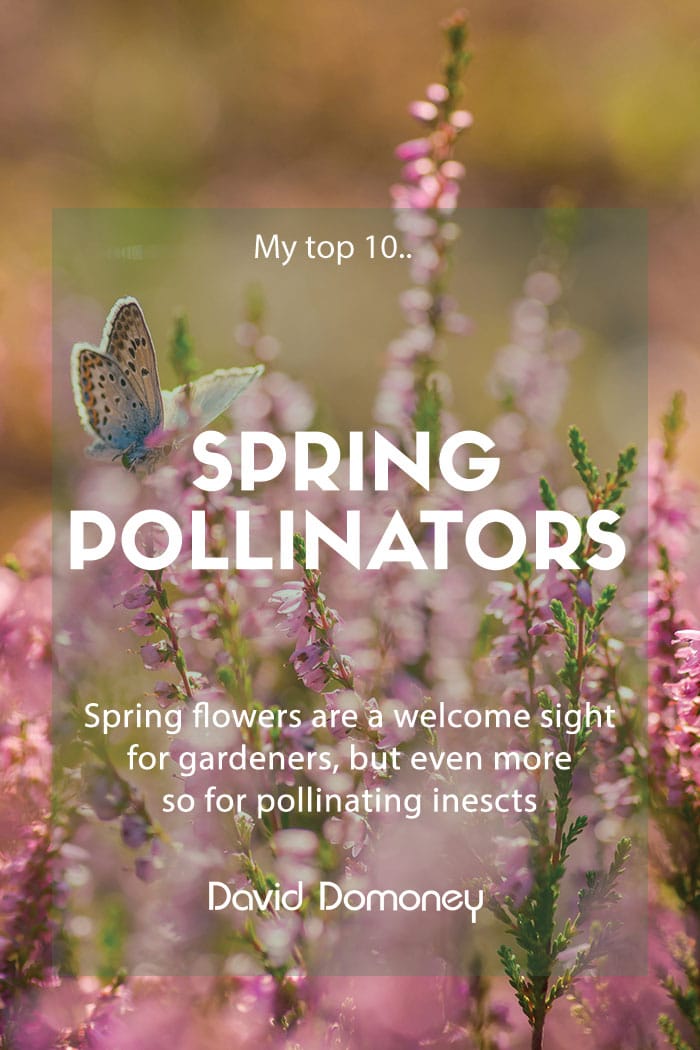



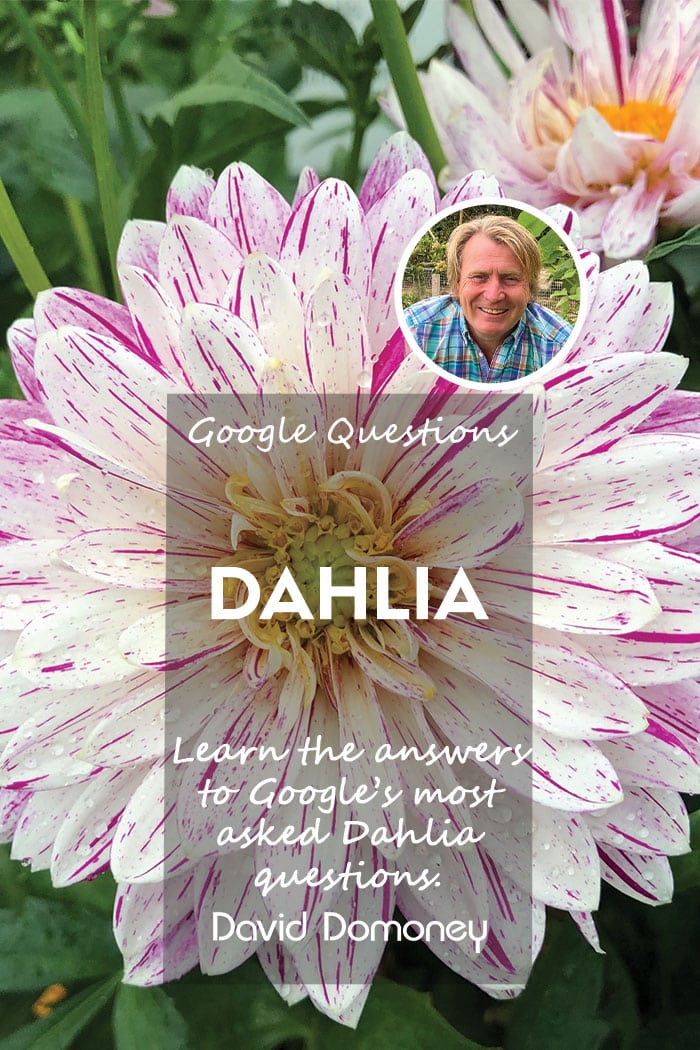

Leave A Comment